Iranian envoy asks Taliban govt. to supply Iran with its share of water within a month
A senior Iranian official has urged Afghanistan’s Taliban government to commit to a major water treaty signed between the two countries nearly half a century ago and supply Iran with its share of water from the Hirmand River, also known as Helmand, within a month.
Iran’s special representative for Afghanistan, Hassan Kazemi Qomi, made the remarks on Friday, reiterating that the Taliban must be held accountable for their refusal to deliver Iran’s water rights if it is proven that there is enough water in dams built on the Hirmand River.
He went on to say that the Taliban officials are well aware that if they want to establish a stable government in the country, they must have constructive relations with their neighbors, including Iran.
The Hilmand River, the longest watercourse in Afghanistan, rises in the Hindu Kush Mountains west of Kabul and flows in an arc southwest until it empties out into the Hamoun wetlands, located in Iran’s Sistan and Baluchestan Province.
Qomi further noted that nearly two billion cubic meters of water flew to Godzareh Lake last year due to the dam’s condition contrary to what Taliban officials have claimed about the shortage of water due to drought and technical issues.
He added that Taliban technical officials say that over time, the dam’s reservoir is filled with 60 percent of mud, arguing that this means the capacity of this dam is about 1.7 billion cubic meters, and if this water were to flow, Iran could have its share of water.
“Now the claim is that there is 60% mud. This should be seen by our technical experts,” he stressed.
Qomi also reminded the ruling administration in Kabul that Iran has provided assistance to the people of Afghanistan more than any other country over the past decades.
Iran and Afghanistan have been locked in a long-running dispute over shared water resources. At the heart of the dispute is the Helmand River, which flows 700 miles (1,126 kilometers) south before flowing into Hamoun wetlands, located in Sistan and Baluchestan province.
The two countries signed a treaty in 1973, under which Iran is entitled to receive 820 million cubic meters of water from the river annually.
But the treaty was never implemented in full and negotiations never advanced, as Afghanistan plunged into decades of instability and various governments adopted different policies toward Iran.
Since taking control of the country in August 2021, the Taliban government has vowed to implement the terms of the water agreement with Iran.
However, Iranian officials and lawmakers have time and again complained the country is not receiving its due share of water from the river.
Taliban ministers have blamed drought and technical issues for the low supply of water to Iran in the past months.
Afghanistan has also built dams on the Hirmand which have constricted the water flow into Iran.
Iranian President Ebrahim Raeisi has already ordered the Foreign Ministry as well as the Energy Ministry to seriously pursue the dispute with Afghanistan over shared water resources.
FM Araghchi: Iran’s internal affairs solely matter of its people
Iran army chief: Enemy threats will not go unanswered
Iran: Israeli FM’s visit to Somaliland a ‘dangerous precedent’
Rome protests Maduro abduction by US
Leader of Yemen’s separatists flees ahead of talks in Saudi Arabia
Venezuela to deliver 30-50 million barrels of oil to US: Trump
VIDEO | Press TV's news headlines
Drug war farce: Trump pardons convicted Honduran trafficker, kidnaps Venezuelan president


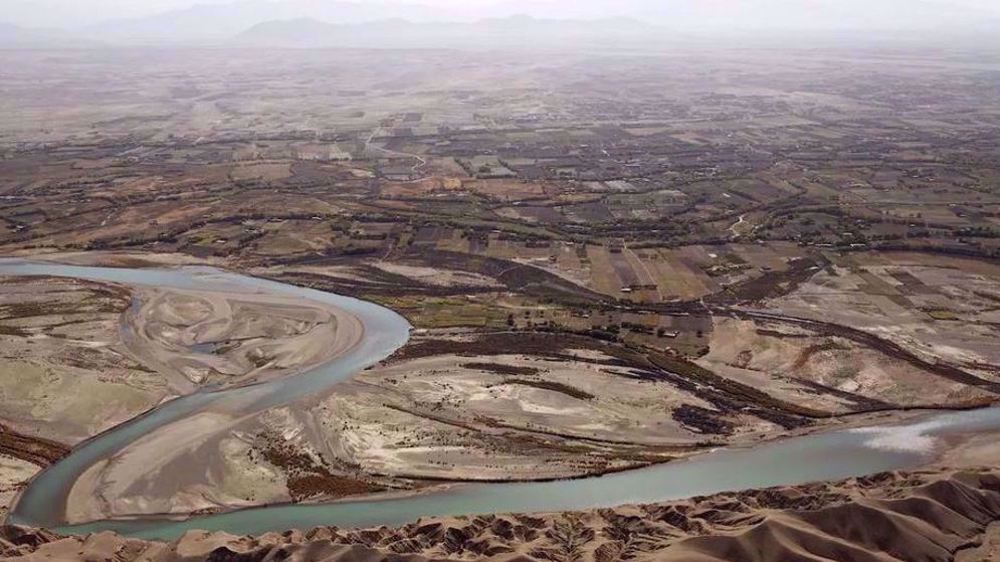

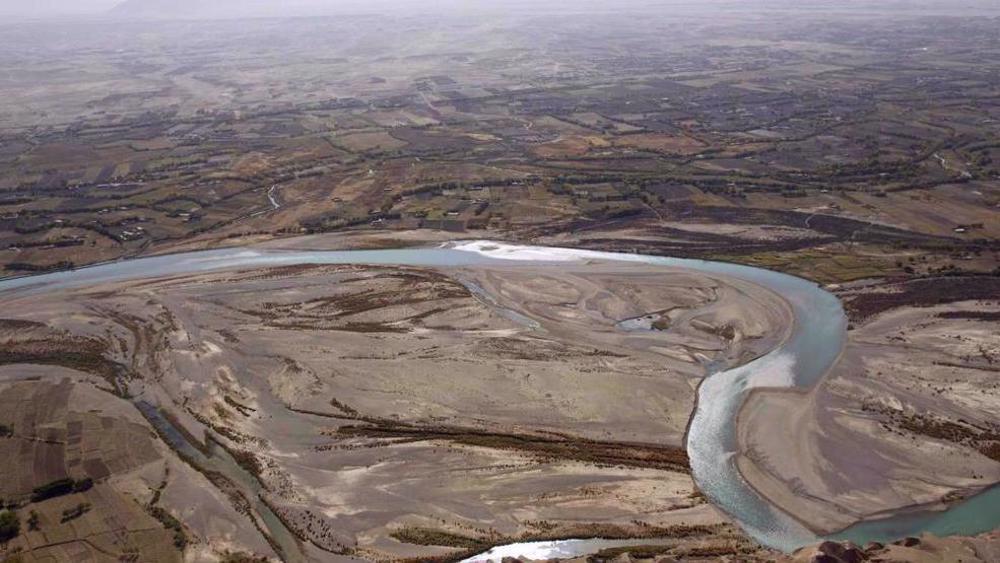

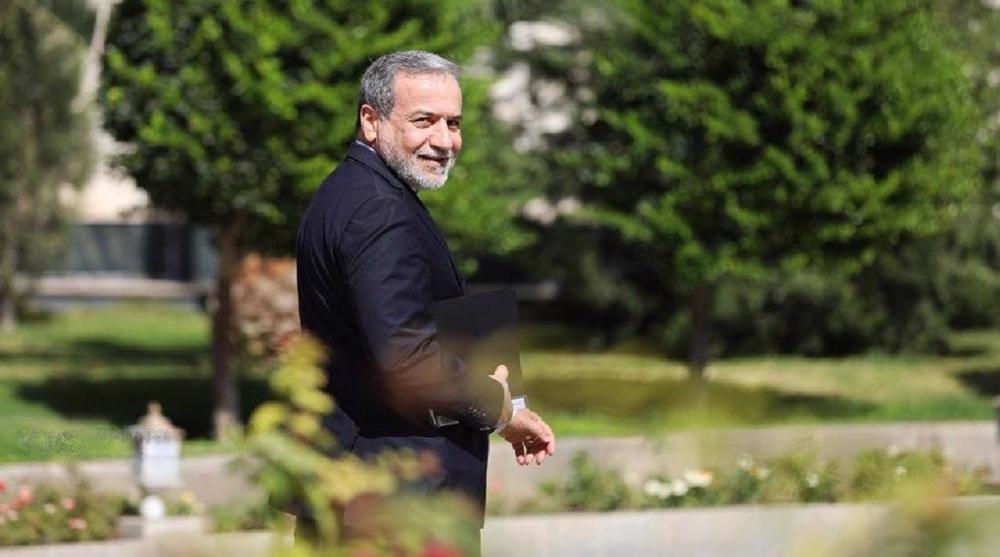




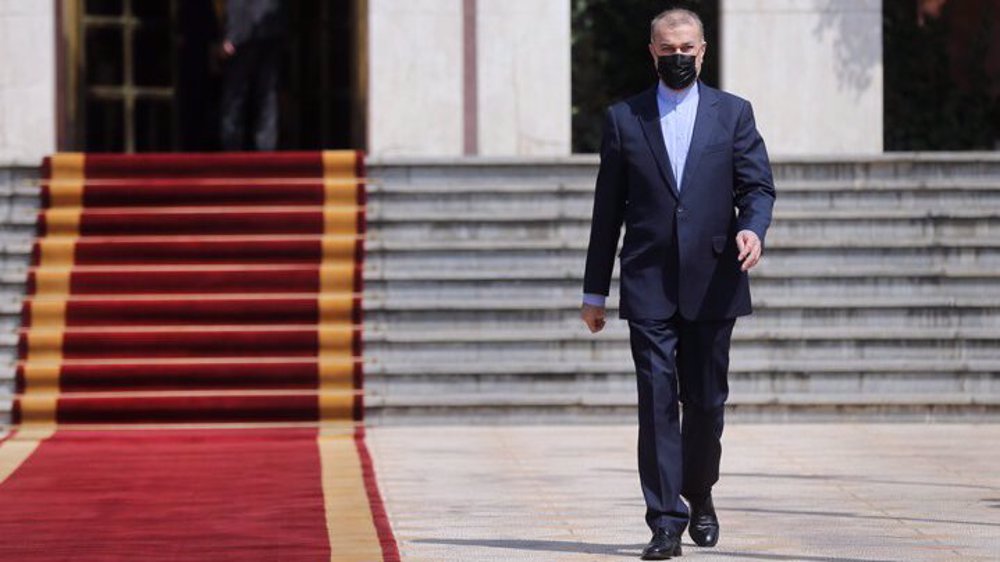
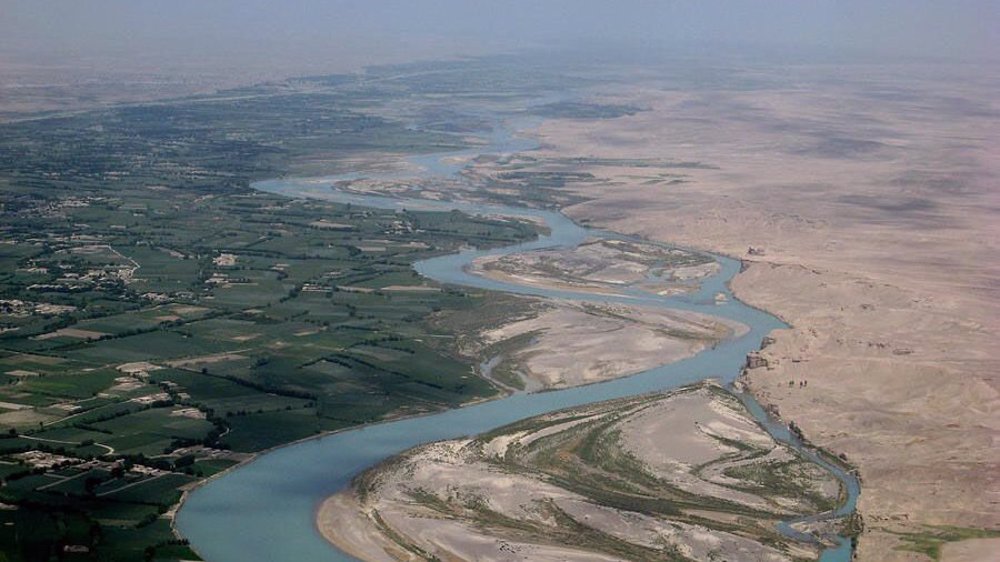
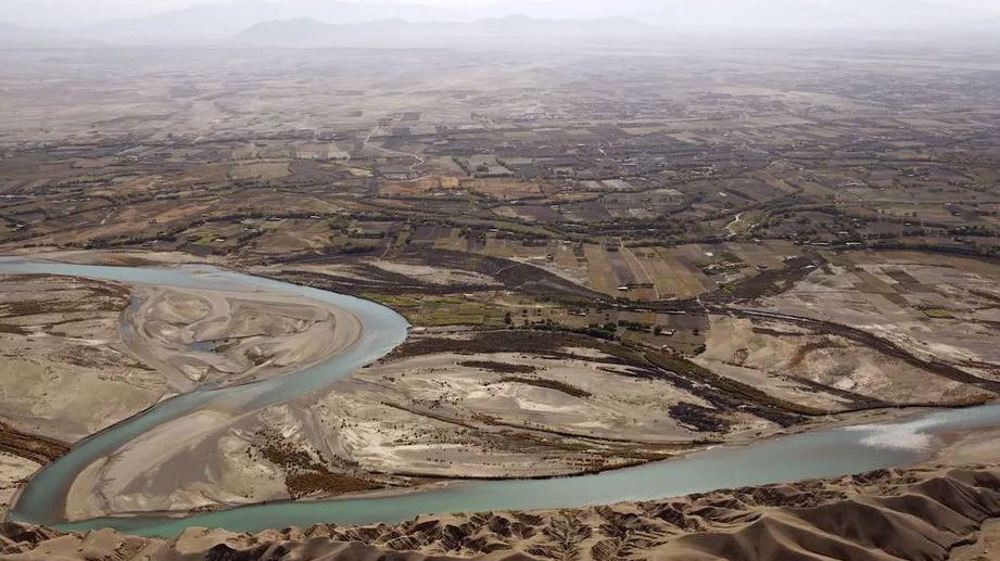

 This makes it easy to access the Press TV website
This makes it easy to access the Press TV website